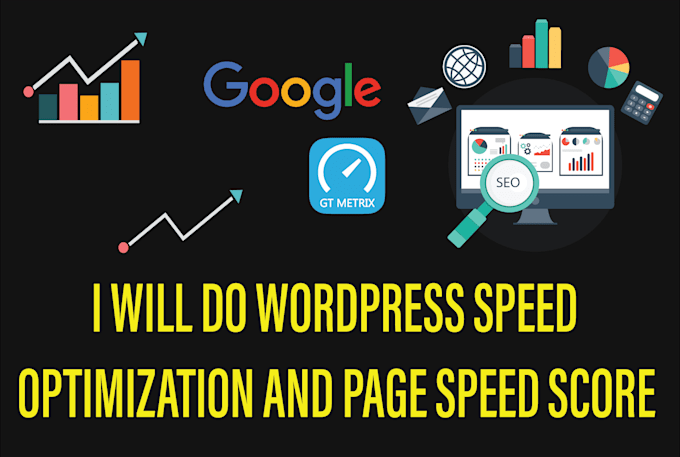


You uploaded a blurry image - it happens to all of us.Now, if the images you uploaded to WordPress are blurry, there are some common causes:

jpeg, etc.), and how browsers serve images to your visitors. You will understand how images are processed once they are uploaded, the differences between different image formats (.png. You should also dive deeper to understand what happens with your images once they are uploaded to your WordPress website. We recommend to go with the smallest one that fits that particular page or post, but almost never with Full. These sizes are the original uploaded size (Full) or one of WordPress’ thumbnail sizes (e.g., Large, Medium, Small). Choose the smallest image size: when you insert an image in WordPress, you have the option of choosing its size.Sure, 4000 x 5000px images are looking great, but that size is suited for print and not for the web Use images with a maximum dimension of 2000 x 3000 pixels but always strive for lower than that.If you need transparency, then go for PNG The scale is from 1 to 10, 1 being the highest compression, and ten the least amount. Employ a JPEG-first attitude: when transparency is not necessary, always go with a JPEG file with a decent compression ratio of 7 or 8.These images need to stand out and be a good mix of quality and size.īefore diving into the nitty-gritty, let’s establish some ground rules when it comes to images: Maybe you’re showcasing your business, or your recipe, or your photography session. However, there are some cases in which the image quality has to be great to send a clear message and attract the right kind of attention. Even the image placement can make visitors stop reading your content. The truth is that people skip websites that display images with low quality or that aren’t aligned to a bigger content strategy. That’s a fact, and there are dozens of articles written on this particular topic. Images can highly reduce readership, especially if they are not used properly and if their quality is not up to par.


 0 kommentar(er)
0 kommentar(er)
